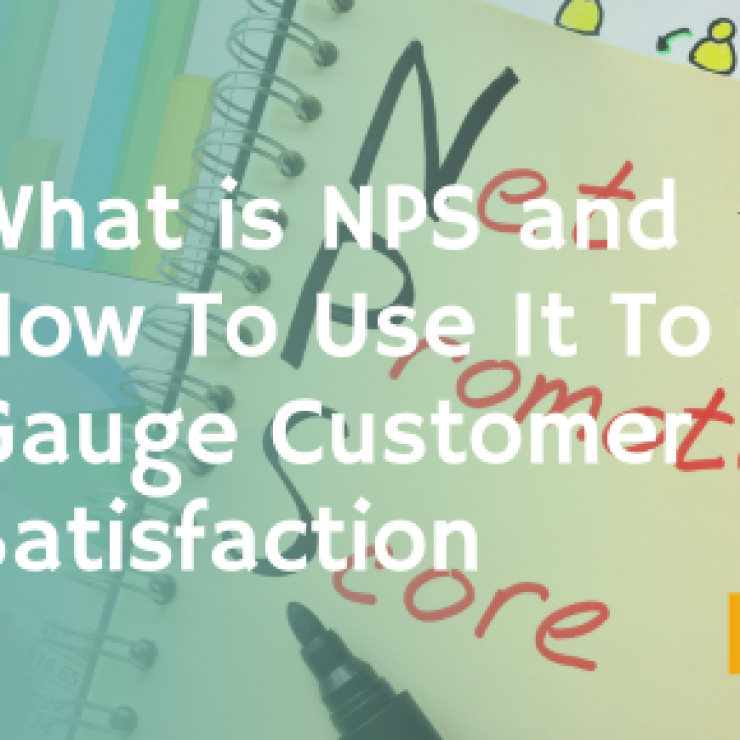Would you like to obtain customer feedback and use it to improve customer satisfaction? With the help of a feedback loop, you can achieve regular feedback with your customers and use this constructively. Are you curious? If you want to know more about feedback loops, read our post.
Understand closed loop feedback
Customer feedback makes it clear how satisfied your company’s customers are with the product or service they have purchased. If the customer feedback and the company’s reaction to it are not designed as a one-way street but as an ongoing process, a closed system, a cycle or a loop is created: the closed-loop feedback. The targeted use of closed-loop feedback can be worthwhile for your company.
Targeted use of customer feedback: Here’s how
The feedback from your target groups about your services and products can provide you with valuable information. This reveals potential for improvement.
Examples of this would include:
- Weak points of the product become visible.
- Where can the workflow be optimized?
- At what points should the focus be placed even more on the customers?
Seeing the feedback from your customers as generally positive and using it constructively to improve company performance can give you a decisive competitive advantage.
Not only do you avoid any shitstorm triggered by dissatisfied customers by reacting appropriately to criticism, but you also give your customers the good feeling of being noticed and taken seriously. In this way, you are actively doing something for customer loyalty.
Feedback Loop and NPS: A good team
As a company, you have numerous opportunities to get customer feedback. For example, at the end of a phone call, you can ask questions directly, write an SMS, start an email survey or become active online on the customer portal. In this context, a measurement method for customer satisfaction called the Net Promoter Score (NPS) is of particular importance.
Net Promoter Score: This is how you test the willingness of your customers to recommend you
The NPS is an important indicator that says something about customer satisfaction. It is obtained through a very simple query: At significant touchpoints with the company, for example, immediately after completing the purchase or shortly after delivery, a customer is asked to quantify her willingness to recommend the product or company.
Customer Feedback: Gain a deeper understanding of your customers
In the course of their customer journey, your customers indicate how willing they are to recommend you on a scale from one to ten. Although the scoring itself provides information about customer satisfaction, it does not reveal anything about the customer’s reasons for making an assessment.
In order to understand even more precisely what prompted a person to make their decision, there is a field in the NPS query for comments that you have formulated yourself. These allow you even deeper insights into the world of ideas and needs of your customers.
Feedback: These categories apply to the NPS
Based on customer feedback, you can divide respondents into three groups – the detractors, indifferent, and promoters :
- Detractors are critical of the brand or product. This is also reflected in their feedback.
- The indifferent, or neutral, are passive, rather uninvolved or undecided customers. Your vote is regularly around the digits five to six.
- Advocates and fans of the product or company are called promoters. Their enthusiasm makes them valuable multipliers who ensure your good reputation and more sales through recommendations.
Positive Feedback Loop: Improve internal structures
Feedback loops can be divided into two groups, positive and negative feedback loops. In the American-speaking world, the positive feedback loop means an interaction between a company and its employees.
For example, suppose you repeatedly get feedback from your employees and use this feedback to improve internal structures and the workflow. In that case, you will most likely achieve a more pleasant working atmosphere, which can positively affect the work results.
The output of the employees is regarded as constructive input, based on which the corporate culture and the workplaces can be shaped more positively. There are no fixed rules or forms. Obtaining employee feedback on job satisfaction can be both formal and conversational.
In the local language area, the importance of the positive feedback loop also extends to the feedback from customers. So if, for example, you use customers’ output for positive changes compared to the status quo in the company, that is also a positive feedback loop.
Negative feedback loop
A negative feedback loop describes how a company considers customer complaints and annoyances, answers them, collects them and then uses them to improve its products or customer service.
For example, if you hear frequent customer complaints about the waiting time on the telephone hotline, you can take this as constructive input and check the call center for its effectiveness at peak times. In many cases, you ensure significantly improved customer satisfaction and customer loyalty. Collecting and using feedback becomes a loop when you hard-code the process into the workflow.
Negative feedback from customers can have serious consequences for a company and its products. A critical comment on the Internet, in particular, can quickly spread widely and damage a company’s reputation.
Both sides, i.e., the company and the customer group, can benefit from the negative feedback loop in case of a complaint. Your customers will feel valued and respected if the company responds reasonably timely and factually. The company, in turn, is quickly able to review its product or service for improvements.
Conclusion: Feedback loops as an instrument for more customer satisfaction
Feedback loops are tools that use customer comments and potentially employee feedback to continuously improve the company’s performance and, thus, customer satisfaction. In feedback loops, positive and negative criticism is also understood as input, with the help of which the demands and needs of the target group can be understood even more deeply.
As a company, you can use a clearer understanding of your customers to steadily increase the number of satisfied customers.




